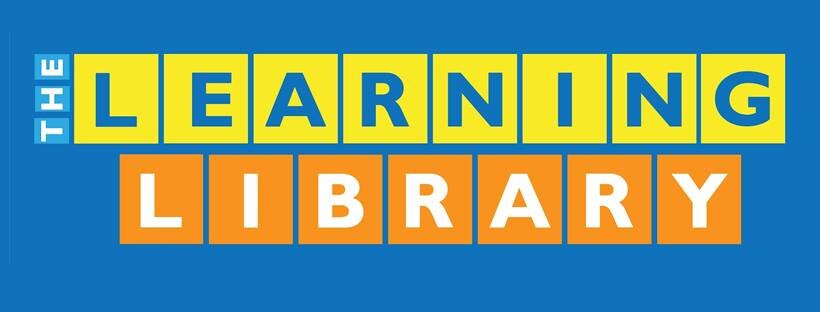What is the best way to teach a language?
Alex Deakin, Researcher
Whether you’re moving to a new environment or expanding your skills, language learning is never easy. The Learning Library has been teaching children Filipino as a second language for over 15 years: we’ve compiled a list of best practices that are just as applicable for learning any language other than one’s mother tongue.
Focus on the Fundamentals
There are 4 fundamental skills to be developed when learning a language. Here they are, listed in the order they should be learned:
Listening
Listening begins from the moment you’re born. You hear words from your parents and listen to sounds as well as sentence patterns when your family talks. If this is the mother tongue, you learn to think in that language. The richness of language a child hears creates a good foundation for learning.
Speaking
Once a child can talk, he can begin using the language to express thought. He repeats words to confirm what they mean as well as the correct inflection. He begins to understand grammar rules while constructing sentences. While conversing, he practices both listening and speaking.
Reading Comprehension
Reading comprehension is the act of knowing the text and understanding what it is you are reading. For your child this means being able to decode words, make connections, inferences and be able to deeply think about what it is they are reading.
Writing
Only after learning to read well will your child be able to write. Writing is the output function of language learning and is a complex process that requires your child to have a basic understanding of vocabulary, grammar rules and organizational skills. Here your child combines what they’ve learned in the previous fundamental skills and is able to produce a proper written work.
By giving your child enough time to take in each skill, you’re enabling rapid progress in language acquisition.
Common Mistakes
While parents undoubtedly try their best, there are common mistakes they make:
Focusing Only on Vocabulary
Parents often assume that if they simply teach their child enough vocabulary words, their child will eventually become more fluent in the language. But learning a language requires practice and constant exposure: it is a skill more acquired than taught. Simply introducing a word and its meaning is different from using the words in everyday conversation. Seeing how the word is used, and learning to use it in your own context is more effective. Here’s why language is about more than just words!
Leaving it to the Classroom
Another common mistake is assuming 1 hour a day in class is all your child needs. Children need to be immersed throughout the day and constantly taught beyond the classroom. Parents need to continue developing the 4 fundamental skills at home.
Only Focusing on 1 Lesson
Language should never be taught in isolation: reading and writing skills must be developed together. Lessons are interconnected and build off of each other. Think of it like you are connecting building blocks. This is why the first lesson is just as important as the last, they each comprise your understanding and what is needed to progress.
Exposure is the Key
In order to best learn a language one must fully immerse themselves in it. According to Fred Genesee, a professor at McGill University in Montreal who specializes in language acquisition, a child needs to be exposed to a different language for at least 30 percent of his or her waking time to acquire it. His advice is: "Be sure to immerse themselves in an environment where the new language is needed so that they are compelled to use the new language for real communication."
Creating the right environment accelerates language acquisition -- books are still the best! Check out our English book recommendations and Filipino book and video suggestions.
Helping a child learn a language requires both skill and time -- The Learning Library can help. Sign up for a free reading and writing assessment in English or in Filipino: call 0917-8282669 or email inquiry@learninglibraries.com.

